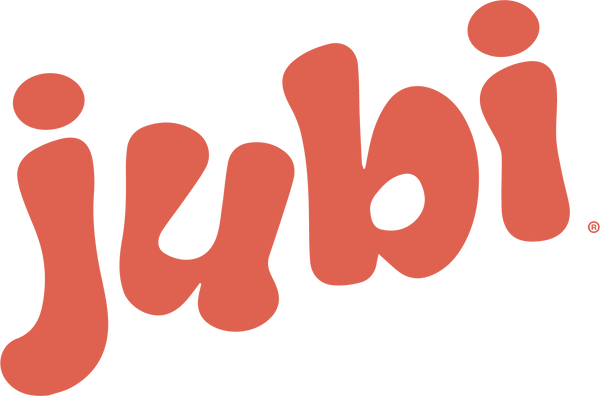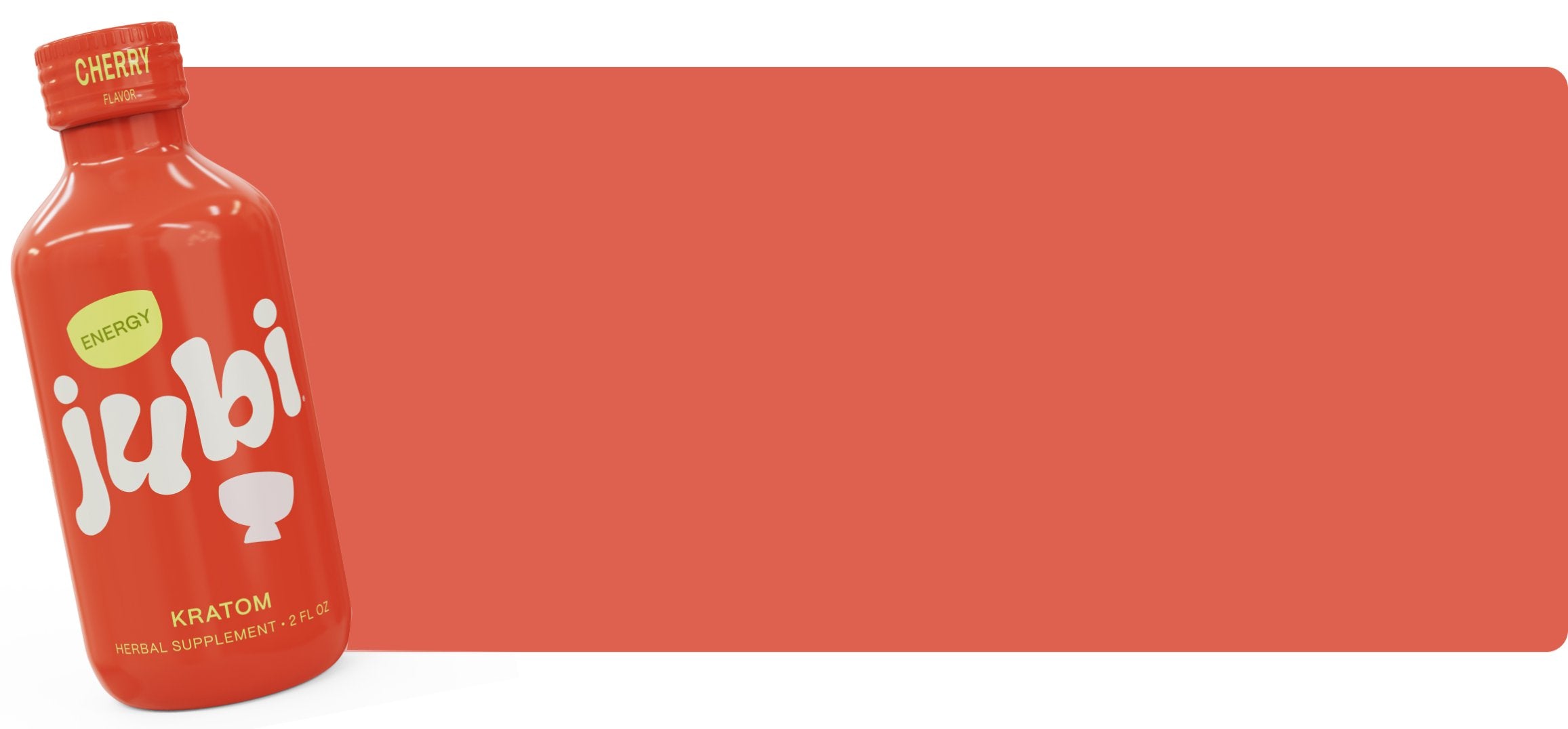In today's fast-paced world, staying organized and productive can be a challenging feat. The Getting Things Done (GTD) methodology, developed by productivity expert David Allen, offers a powerful system to manage tasks, reduce stress, and achieve goals efficiently. Whether you're a busy professional, a student, or someone looking to bring order to chaos, GTD can transform the way you handle your daily responsibilities. This comprehensive guide will walk you through the essential steps to master GTD, providing practical tips for beginners to get started.
What is GTD?
Getting Things Done (GTD) is a time management and productivity system that helps individuals organize tasks and projects into a streamlined workflow. The core principle of GTD is to capture all tasks and ideas in an external system, allowing you to clear your mind and focus on execution. The GTD methodology consists of five key steps:
- Capture: Collect everything that requires your attention.
- Clarify: Process what each item means and decide on the next action.
- Organize: Categorize tasks and projects in a structured system.
- Reflect: Review your system regularly to stay on track.
- Engage: Take action based on your current context and priorities.

Step 1: Capture Everything
The first step in GTD is to capture every task, idea, and project that comes to your mind. The goal is to create a reliable external system to hold all your commitments so your mind is free to focus on the task at hand. Here's how to get started:
- Use a Capture Tool: Choose a tool to capture your tasks and ideas. This could be a physical notebook, a digital app like Todoist or Evernote, or a combination of both.
- Write Down Everything: Whenever you think of something you need to do, write it down immediately. This includes work tasks, personal errands, long-term goals, and even random thoughts.
- Empty Your Mind: Spend some time doing a "brain dump" where you write down everything that comes to mind. This helps ensure that nothing is forgotten.

Step 2: Clarify
Once you've captured everything, the next step is to clarify what each item means and decide on the next action. This involves processing your captured items and breaking them down into actionable steps. Follow these steps to clarify:
- Ask Key Questions: For each item, ask yourself, "Is this actionable?" If not, decide whether to trash it, reference it, or keep it for later review.
- Define Next Actions: For actionable items, define the next physical action needed to move it forward. Be specific and concrete. For example, "Call John about the project" is clearer than "Project discussion."
- Identify Projects: If an item requires multiple steps, it becomes a project. List all projects separately and break them down into individual actions.

Step 3: Organize
With clarified tasks and projects, the next step is to organize them into a structured system. This involves categorizing and prioritizing your tasks so you can access them easily when needed. Here’s how to organize effectively:
- Create Context Lists: Organize tasks by context, such as @Work, @Home, @Errands, @Calls, etc. This allows you to focus on tasks relevant to your current situation.
- Use a Project List: Maintain a list of all active projects. For each project, keep a separate list of associated next actions.
- Set Up a Calendar: Use a calendar for time-specific tasks and appointments. Only items with a specific date and time should go on your calendar.
- Maintain a Someday/Maybe List: This list is for tasks and projects you want to do eventually but are not ready to commit to yet.

Step 4: Reflect
Regular reflection is crucial to ensure your system stays up-to-date and aligned with your priorities. The GTD methodology emphasizes the importance of weekly reviews to maintain clarity and focus. Here’s how to reflect:
- Weekly Review: Set aside time each week to review your lists and projects. Update your lists, check progress, and ensure everything is captured and clarified.
- Daily Review: Spend a few minutes each day reviewing your tasks for the day. Prioritize tasks based on importance and context.
- Adjust and Adapt: Use your reflections to adjust your system as needed. If something isn’t working, tweak it to better fit your workflow.

Step 5: Engage
The final step in GTD is to engage with your tasks and take action. This involves choosing tasks based on your current context, available time, energy levels, and priorities. Here’s how to engage effectively:
- Use Context Lists: Refer to your context lists to choose tasks that fit your current situation. For example, when at work, focus on tasks from your @Work list.
- Prioritize Wisely: Focus on high-priority tasks first. Use techniques like the Eisenhower Matrix (urgent vs. important) to help prioritize.
- Stay Flexible: Be flexible and adapt to changes. If new tasks arise, capture them and process them through the GTD steps.

Practical Tips for GTD Beginners
To help you get started with GTD, here are some practical tips:
- Start Small: Begin with capturing and clarifying. As you become comfortable, gradually incorporate organizing, reflecting, and engaging.
- Use the Right Tools: Choose tools that work best for you, whether digital or physical. Experiment to find what suits your style.
- Stay Consistent: Consistency is key. Make GTD a habit by integrating it into your daily routine.
- Seek Support: Join GTD communities or find an accountability partner to share experiences and stay motivated.
- Be Patient: Mastering GTD takes time. Be patient and persistent, and you’ll see gradual improvements in your productivity and organization.

Your turn to capture, clarify, organize, reflect, and engage!
Mastering the GTD methodology can significantly enhance your productivity and reduce stress by providing a clear, structured approach to managing tasks and projects. By following the steps of capturing, clarifying, organizing, reflecting, and engaging, you can create a reliable system that helps you stay on top of your responsibilities and achieve your goals efficiently. Whether you’re new to GTD or looking to refine your practice, this guide offers practical steps and tips to get started on your journey to getting things done. Embrace the GTD method and experience the transformative power of organized productivity.

Try Jubi’s Kratom shots for Focus
Enhance your focus and flow while practicing GTD with Jubi's Lime-flavored Kratom shot, each containing a robust 120mg of Kratom. This 2-ounce powerhouse is a unique blend that some say will enhance your concentration and productivity to new levels. You can find it online or in a store near you!







